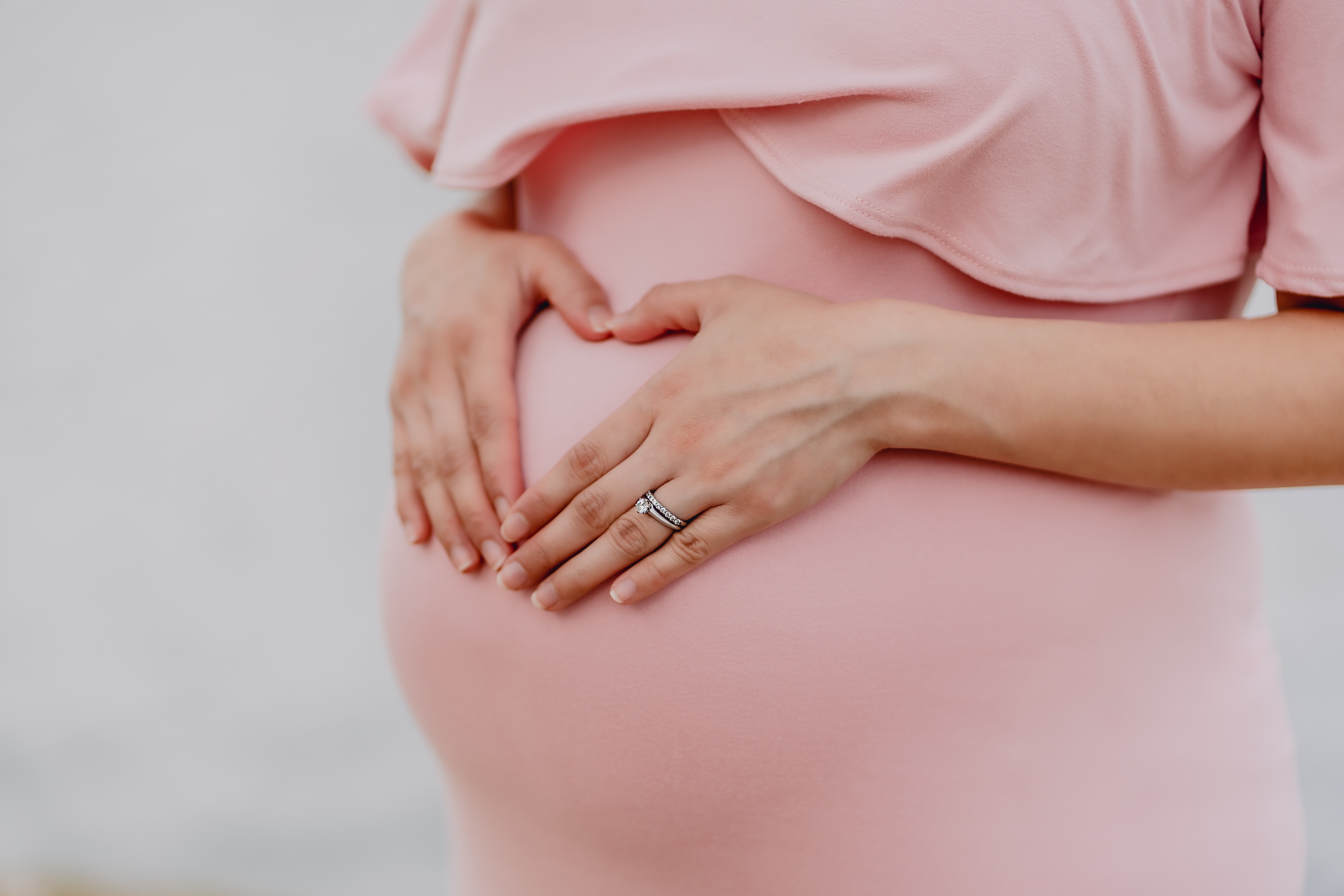Title Page
-
Site conducted
-
Conducted on
-
Prepared by
-
Location
-
In accordance with the requirements of the Safety, Health and Welfare at Work (General Applications) Regulations 2007, a risk assessment was carried out in the workplace in order to establish if she or her developing child is exposed to further risks to her safety and health due to her pregnancy
Pregnant Employee Details
-
Employee Name
-
Job Description
-
Work Area
-
Expected due date:
Pregnancy Risk Assessment Checklist
Physical Hazards
-
Physical Shocks - Direct blows to the abdomen present?
-
Vibration - Whole body vibration present?
Manual Handling Loads
-
Manual handling has significant implications for the health of a pregnant employee, if combined with long periods of standing. As pregnancy progresses and particularly during the last three months, it becomes more difficult to achieve and maintain good postures and this further reduces manual handling capability. Particular care should be taken also for women who may handle loads during the three months following a return to work after childbirth. Where it is identified as a hazard to a pregnant employee the risk assessment should:
-
Can manual handling activity/activities be removed from the employee’s task?
-
If the above is not possible, can manual handling activities be reduced?
- Yes
- No
- N/A
-
Can the task/s be altered to minimise manual handling and fatigue
Noise
-
There is no specific risk to new or expectant mothers or to the fetus, but prolonged exposure to loud noise may lead to increased blood pressure and tiredness. Compliance with the Noise Regulations 2007 should be sufficient to meet the needs of new or expectant mothers. Where Noise is identified as a hazard:
-
Review noise risk assessments
-
If there are areas which are identified as having noise levels in exceeding 80Db(A) ensure correct action is implemented
Excessive heat and cold
-
Work area below 16℃?
-
Work area above 24℃?
Movement and Postures
-
Movement and postures that give rise to excessive fatigue or which are abrupt or severe?
-
Standing or sitting for long periods of time should be avoided especially as the pregnancy progresses. If there is a risk the work pattern should be changed to frequently alternate periods of standing or sitting
Radiation
Ionising Radiation
-
X-ray units in use are especially designed is such a way that a correctly functioning and operated unit should not result in any operator receiving a radiation dose in excess of the dose limit for a member of the public. (Ref: RPII) Is there exposure to x-ray units?
Non-Ionising Radiation
-
Pregnant or breast-feeding mothers are at no greater risk than other workers when working with optical radiation. Exposure to electrical or magnetic fields when working with electromagnetic fields and waves within current standards is not known to cause harm to the fetus or the mother
-
According to the RPII metal detectors use a nonionizing electromagnetic scanning field to detect metal objects and it does not emit high energy radiation such as gamma radiation. Is there exposure to electrical or magnetic fields?
Chemical Hazards
-
Is the employee exposed to any substance and preparations classified under the classification, packaging and labeling regulations with one or more of the following risk phrases:
-
R40: Limited evidence of a carcinogenic effect
-
R45: May cause cancer
-
R46: May cause heritable genetic effects
-
R49: May cause cancer by inhalation
-
R61: May cause harm to the unborn child
-
R63: Possible risk to the unborn child
-
R64: May cause harm to breast fed babies
-
R68: Possible risks of irreversible effects
Biological Hazards
-
Unless a subsequent risk assessment reveals there is no risk to the employee or the developing child, pregnant employees must not work with:
-
Rubella
-
Toxoplasma
-
Is the employee exposed to any of the following biological agents which may harm themselves or the unborn child?
-
Arboviruses (such as yellow fever, dengue fever)
-
Chicken pox
-
Coxackie virus
-
Cytomegalovirus (CMV)
-
Group B Strep
-
Hepatitis B
-
Herpes simplex virus (types 1 and 11)
-
HIV and AIDS
-
Measles
-
Mumps
-
Parvovirus Syphilis
Working Conditions
Display Screen Equipment
-
Pregnant women do not need to stop working with DSE. The provisions of the Display Screen Equipment Regulations 2007 apply to all users of DSE
-
DSE assessment completed?
-
Is there adequate space to move around the workstation especially as pregnancy develops?
-
Is there sitting for long periods?
Night Work
-
If a pregnant employee is regularly involved in night work and has a medical certificate stating that this will damage her health, she must be found alternative work. If that is not possible the pregnant employee may have an entitlement to be granted health and safety leave under section 18 of the Maternity Protection Act 1994
-
Working between 11.00pm and 06.00am for at least 3 hours in that period or where 25% of their monthly working time is between those times
-
Are there facilities, with suitable privacy for pregnant and post natal employees to lie down to rest in appropriate conditions?
-
Is the facility situated near the welfare facilities i.e. toilets/washing facilities where possible
-
Indicate if you are aware of any other hazards the employee may be exposed to during the course of her employment that may put her or her developing child at risk?
Medical Cert
-
Notification of pregnancy
-
Doctors certificates received from employee
-
Specific medical requirements
Sign Off
-
Employee Signature
-
Assessor Signature








